Sunday, July 9, 2017
‘Journal 37 is a gem’
It’s been out for several weeks actually. The Journal of the Masonic Society No. 37 for Summer 2017 hit members’ mailboxes right around the Summer Solstice, so I’m late in catching up on The Magpie.
With a gorgeous shot of the East of Norman Hall in the Masonic Temple in Philadelphia on the front cover—that building never takes a bad photo—and a close-up of the Grand Lodge of Pennsylvania’s George Washington Apron on the back, these bookends enclose more than half a dozen explorations of the meaning of Masonry.
To join The Masonic Society, click here. Members receive four issues of The Journal per year, and enjoy full access to the superlative Masonic on-line discussion forum (if you can pull yourself away from Facebook) of international reach. In addition, our famous parchment patent with hand-pressed red wax seal memorializes your member status in a way you’ll want framed and hung on your wall. And those are just the material benefits of being with us. Learning more about your Craft in the company of like-minded Freemasons is the true point of it all.
In his President’s Message, Ken Davis imparts Part II of his advice on how to conduct Masonic research. I won’t give it all away, but one point I think is key is—his words— “Build a crap-detector.” (I call it a bullshit detector, but this is a family blog.)
When reading about Freemasonry, or anything really, consider the author’s credentials and qualifications. Look into the publisher. What other titles has it released? Is this material recent enough to be valuable currently? Scrutinize the sources. Are they reliable? Beware of academia. Sometimes reliable sources can be biased too. And, most importantly to me, distinguish between myth and history. I don’t know how many sensible and educated men in this fraternity believe the medieval Knights Templar were this merry band of mystic archaeologists who evolved into Freemasonry, but that’s a lecture for another day.
In every issue, we welcome the new members of the Society. Thirty-five are listed this time, including Brer Josh Heller of Pennsylvania! Josh is co-founder of Masonic Light, which marked its 17th anniversary exactly two months ago. I forgot to write about that. Amazingly, Josh and I have never met. I’m going to have to sneak up on him at one of his gigs one night. He plays the guitar in a rock and roll band. Welcome to TMS, Josh!
In his editorial, Editor in Chief Michael Poll tells of “The Domino Effect” that occurs when Masons labor together. The results can be the desired positive effect or can be unwanted negativity. It depends. Read his thoughtful—and I would say Rosicrucian-inspired—message on Page 10.
Turn the page and find a timely piece by Brent Morris titled “Albert Pike and the Ku Klux Klan.” In just a couple of hundred words, Morris challenges the highly flawed old sources that have been recycled over the decades to claim Pike was a member or even senior officer of the Klan.
I call this timely because it was only a month ago, on June 6, that National Review stupidly published an article by Edward Condon titled “The KKK Is Not the Christian ISIS: The Klan’s Hateful Theatrics and Symbolism Are Rooted Not in Christianity but in Freemasonry.” In this, Condon repeats the libel and goes even further, saying:
Pike was not recruited for his military savvy, however. He came into the Klan through his position as Sovereign Grand Commander of the Scottish Rite of Freemasonry’s southern jurisdiction. Pike’s 800-page Masonic catechism, Morals and Dogma, and his time as Grand Commander were major factors in setting the ritual and philosophical tone for the higher degrees of American Freemasonry; it was this experience and authority that had the Klan knocking at his door as they looked to give their ragbag insurgency some ritualistic credibility and intimidating theatrics.
(I used to be a longtime subscriber to this magazine. I’m glad I’m not any longer, and not just for this reason. Fortunately, Art de Hoyos responded immediately with an informative and correcting letter to the editor, but I don’t know if it had any effect.)
Meanwhile here on planet Earth, Brent Morris explains there are but two published claims of Pike being with the Klan. Both are from the early 20th century (as in after Pike’s death, when he could not reply to them) and both are unsubstantiated and so shaky that no reputable historian should rely on them.
Clay Anderson of St. Paul Lodge 3 in Minnesota gives us “Mozart, Masonry and the Magic Flute” which contextualizes the history of the Austrian world outside the temple at the time Mozart composed his Masonic opera, and also explains the Continental way of Masonic initiation that the composer experienced. If you wonder what is so Masonic about this piece of music, read this article.
Mike Poll is back, this time on Page 22, with an interview of Art de Hoyos, Bob Davis, and Shane Harshbarger of the Ancient and Accepted Scottish Rite, Southern Jurisdiction. Here all four collaborate on explaining why a Master Mason should consider the Scottish Rite of Freemasonry for his future. (To be clear, it is the Southern Jurisdiction being discussed, and not the other jurisdiction.) Excerpted:
Arturo de Hoyos: “The Scottish Rite, perhaps more than any other Masonic system in the United States, presents a wider tapestry of Masonic philosophy… As I studied it, I realized that the Rite was not just pomp, not empty ceremonial, but a system which labors to fill the promise to provide ‘more light in Masonry.’ Many people don’t realize that the Scottish Rite is the most popular form of Masonry on the planet. Its Craft degrees are conferred in more countries of the world than any other version. Being a Scottish Rite Mason also gives me the opportunity to teach Masons about Masonry. If the Blue Lodge is like an undergraduate degree, the Scottish Rite is like a post-graduate degree. We simply learn more—and the stuff is pretty cool.”
Robert Davis: “The value of the Rite’s teachings is wholly embedded in the rituals of the degrees. And that value exponentially increases in proportion to the number of degrees which are presented to its members. Taken as a whole, the instruction of the Rite carries out six major historical themes in Freemasonry, along with four essential quests of the journey to mature masculinity. These themes and quests have to do with awakening consciousness within oneself. This is one of the most difficult challenges for most men. Yet, it is what makes Freemasonry a transformative art. For men, life needs to be seen as a journey. The Scottish Rite is built on the clear understanding that men need to be engaged in their own quest for self-improvement. The greatest value of the Scottish Rite is that it facilitates this fundamental psychological need in men.”
Shane Harshbarger: “Scottish Rite and Craft Masonry are so intertwined and linked that to speak of one without the other isn’t possible. In a general sense, I see Scottish Rite and Freemasonry continuing to decline in membership as a percentage of total population. Yet, I am not convinced that we need to fear this. We simply need to plan for the challenges that come with this reality. Conversely, I believe Freemasonry and Scottish Rite will always exist. There is no possibility of it dying out or disappearing. There will always be men who are looking for what Masonry and Scottish Rite offer. It is our job to ensure that when a man joins, he receives the experience that we promise to him. Masons need to do Masonry and be Masons… The future of Scottish Rite for me rests on Valleys that have social functions, perform and utilize all 29 degrees, and have continuing Scottish Rite education. There is more Scottish Rite than any Valley can do in a year, five years, or ten years, but we must be organic.”
There is a great deal more to this three-way interview. Get The Journal.
In book reviews, the great Chuck Dunning’s new Contemplative Masonry (that has yet another photo from the Philadelphia Masonic Temple on its cover!) is defined by reviewer Christian M. Christensen as “an extremely important and useful book for the brothers seeking to either get started or deepen their contemplative practices.” Meanwhile Tyler Anderson explains why The Ten Books of Architecture (actually a single volume summary of it) by Vitruvius is important to Freemasons and Masonic ritual.
In the back of the book, we have Brett Laird Doyle, a Full Member of Texas Lodge of Research, with “Captain Peter F. Tumlinson: Texas Ranger, San Jacinto Hero and Freemason.” This is a sterling example of why Masonic researchers today ought to concentrate on the Masonic history/biography in their own backyards. Your local research lodge, wherever you are, does not need more “papers” that deliver shallow understandings of broad historical topics that have been defined expertly by the authors we read already. Follow Doyle’s lead here, and bring to light the life of a brother Mason. Or a lodge history. Something significant to your locality.
John Hairston returns to The Journal with more remarkable details from the story of Prince Hall Freemasonry, this time with previously overlooked proof of the existence of Mark and Past Master degrees as conferred by African Lodge in the early 19th century. He’s not lost in arcana here. This is really cool research that shows how old archives can yield new understandings of the way we were.
There is much more to this issue of The Journal, but I’m at 1,600 words already and I doubt anyone is still reading. Join The Masonic Society now and improve your life immeasurably!
Subscribe to:
Post Comments (Atom)






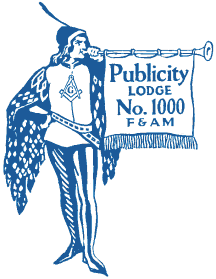

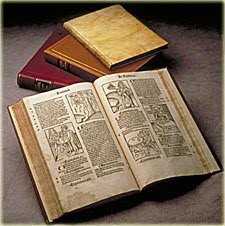


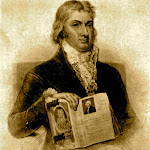




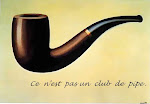
















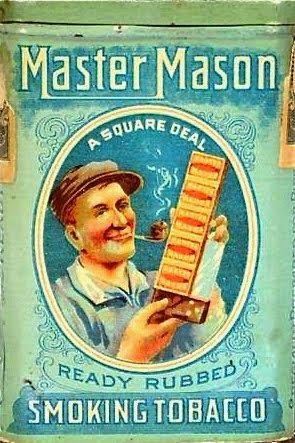


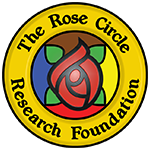

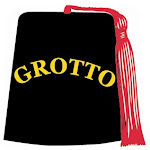








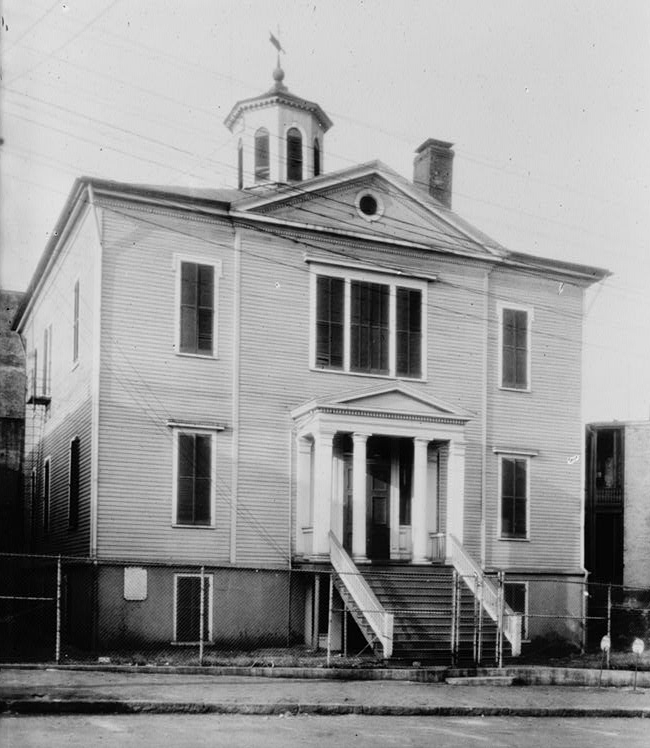
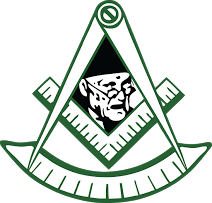
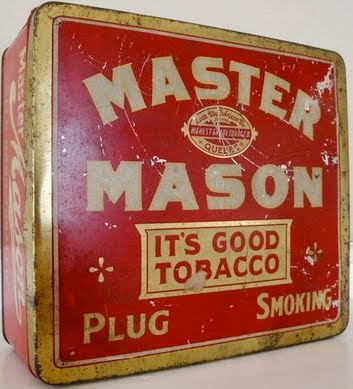





No comments:
Post a Comment